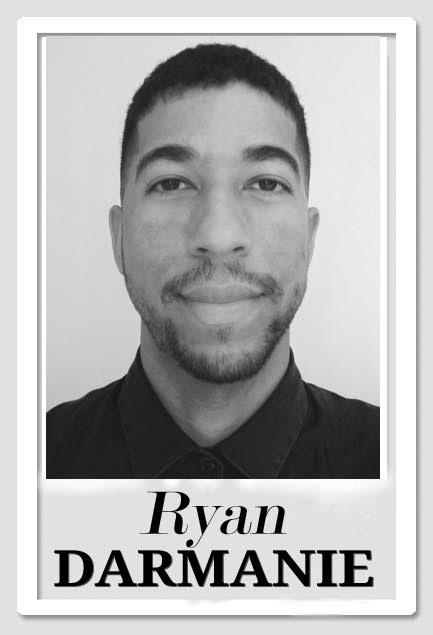Three Xmas gifts

My hope is that this column has opened people’s eyes to some of the social, economic, and environmental impacts of our built environment, and the ways in which our urban planning system and ideologies continue to worsen our predicament.
I have held steadfastly to the belief that if presented with the requisite information in a manner that relates to their core areas of concern, the professionals – who influence the development of the built environment – will make decisions and take the necessary actions to bring about the necessary reforms and changes.
Many times though, change only comes about when the citizenry demands it. For that to happen, we all have to be armed with the information that will help us better understand why we, as a nation, are in the predicament that we are, dealing with crises like housing affordability, soaring rates of lifestyle diseases, and increasing environmental degradation, among other things.
Few gifts are more valuable than the gift of knowledge. With that in mind, and in the spirit of the Christmas season, I will leave you all with three knowledge-building gifts. These books have changed my perspective on urban planning and life in many regards. I hope that they can be just as impactful on every one of you, and provide the ammunition needed to fight for a better TT.
The first is Walkable City: How Downtown Can Save America, One Step at a Time by Jeff Speck. This powerful yet accessible book delves into why we need to make our communities more walkable (pedestrian-friendly), and Speck’s theory that outlines the four basic conditions that must be satisfied in order to achieve walkability, which Speck says is a means as well as an end and a goal as well as a measure.
I guarantee that once you pick this book up you will not be able to put it down. It is insightful, sometimes humorous, but above all an easy to understand introduction to why urban planning matters, what we can do to improve our communities, and how other jurisdictions have overcome the same problems that we face.
The second is The Death and Life of Great American Cities by Jane Jacobs. This one should come as no surprise. No other book has had more of an impact on me as a planner – and a person – than this one. Jacobs was so much more than a planner; she was a philosopher.
This book succeeded in changing the vantage point of how we view the city. From the point of view of a driver, so much of what makes a great city is seen as an inconvenience that must be eliminated. By getting the reader to think as a person – as a pedestrian walking on the sidewalk – she shows how all the traditional qualities of urbanism like density, mixed land uses, a well-connected street network, and an intermingling of old and new buildings, can make for more lively, socially-cohesive, affordable, safer, and enjoyable cities.
This is not one whose full benefits you can immediately reap. It is eminently readable, but so packed with nuggets of wisdom, and things to reflect on, that receiving its full wisdom requires commitment. Nevertheless, the effort is worth it. A must-read for anyone with an interest in understanding the life of cities and their inhabitants.
The third is Happy City: Transforming Our Lives Through Urban Design by Charles Montgomery. Much like Speck’s book, this one is easy to read, quite fascinating, and myth-busting.
Montgomery explores urban planning and urban design through multiple lenses, in a quest to understand how our environment, shaped by the work and ideologies of these professions, affects our happiness.
He tackles some of the major misconceptions surrounding suburban and urban living, and what he calls the “happiness paradox,” that is, the difference between what we say we like and what scientific findings tell us is actually beneficial for us. He delves into urban success stories from Bogota, Colombia to Vancouver, Canada, showing how challenges have been overcome in very different social, economic, and political climates, to create more people-centred and happier communities.
As a bonus, here is a fourth recommendation that makes for not only a fantastic read, but also a great coffee-table book! Filled with rich illustrations of some of the most beautiful streets all over the world, Street Design: The Secret to Great Cities and Towns by John Massengale and Victor Dover will open your eyes to the elements that give the best streets their character and allure.
Give yourself, a friend, a loved one, or anyone whose work has an impact upon the built environment, one of these books to read. Let us move forward as a more informed people.
Ryan Darmanie is a professional urban planning and design consultant, and an avid observer of people, their habitat, and the resulting socio-economic and political dynamics. You can connect with him at darmanieplanningdesign.com or email him at ryan@darmanieplanningdesign.com

Comments
"Three Xmas gifts"